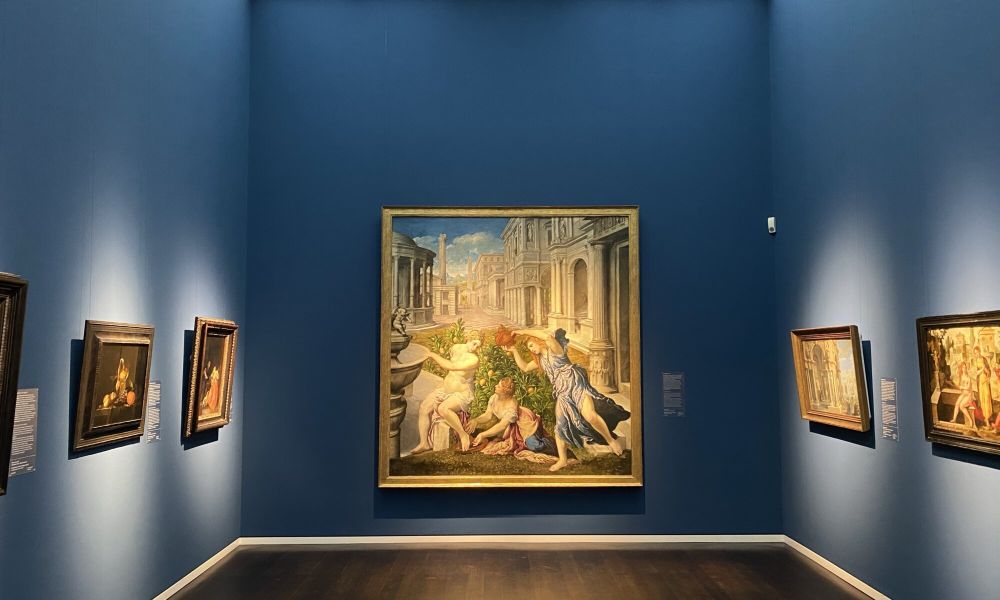

The Wallraf Richartz Museum is one of the premiere cultural destinations in Cologne, Germany. Nestled in the heart of the city, its history in attracting tourists stretches back to its inception. Established in 1824 with a gift from the wealthy collector and university rector Ferdinand Franz Wallraf to the city of Cologne, the museum officially opened to the public in 1861, making it one of the oldest museums in the country. Since then, it has played a significant role in the cultural tourism of Cologne.
As an institution with a deep-rooted history, the Wallraf Richartz Museum began by showcasing primarily medieval paintings, before expanding to include Renaissance and Baroque art. By the end of the 19th century, the museum had cemented its reputation as a key tourist attraction through the accumulation of major works. The museum was initially housed in the "Zeughaus" (old armory of Cologne) but was later moved to its current location to accommodate the growing number of visitors and exhibits.
Much like the rest of Cologne, the museum suffered significant damage during World War II. However, post-war reconstruction saw the museum not just rebuilt, but reimagined. Collecting efforts resumed, and visitors increasingly began to include international tourists drawn to the museum’s expanding collection and its reputation for showcasing landmark European art.
In the late 20th and early 21st century, the museum underwent a period of modernization, reflecting broader tourism trends aiming at enhancing visitors' experience. With improvements in display technology, lighting, and the addition of educational programs, the museum has worked to balance historical art with modern presentation methods, appealing to a wider range of tourists. The opening of the new building in 2001, with its functional architecture and more space for temporary exhibitions, marked a new chapter in the museum’s development.
In recent years, the Wallraf Richartz Museum has seen a shift towards digitization and interactive learning. This reflects the latest tourism trends where visitors, especially younger demographics, are seeking immersive and engaging cultural experiences. With the rise of "smart tourism," the museum offers digital guides and apps that provide detailed information about the art, artists, and historical context to enhance the visitor experience.
The global COVID-19 pandemic posed significant challenges to the tourism sector, temporarily reducing the flow of visitors to cultural institutions like the Wallraf Richartz Museum. However, the museum adapted by offering virtual tours and online exhibitions, allowing tourists to experience its treasures digitally. As travel restrictions have eased, the museum has seen a resurgence in visitors eager to reconnect with art and culture.
The Wallraf Richartz Museum is a cornerstone of Cologne’s tourism for history buffs, art enthusiasts, and casual travelers alike. It provides an enriching window into European art history ranging from the medieval periods to the early twentieth century. Visitors can admire works by the likes of Rembrandt, Rubens, and many other master artists. Not just a keeper of art, the museum is also a storyteller, sharing tales of the city’s past, cultural evolution, and the transformative power of human creativity.
Whether it's the allure of famous paintings, the rich history of Cologne, or the contemporary approach to visitor engagement, the Wallraf Richartz Museum continues to innovate and attract a global audience, affirming its status as a must-see destination in Germany’s vibrant tourism landscape.